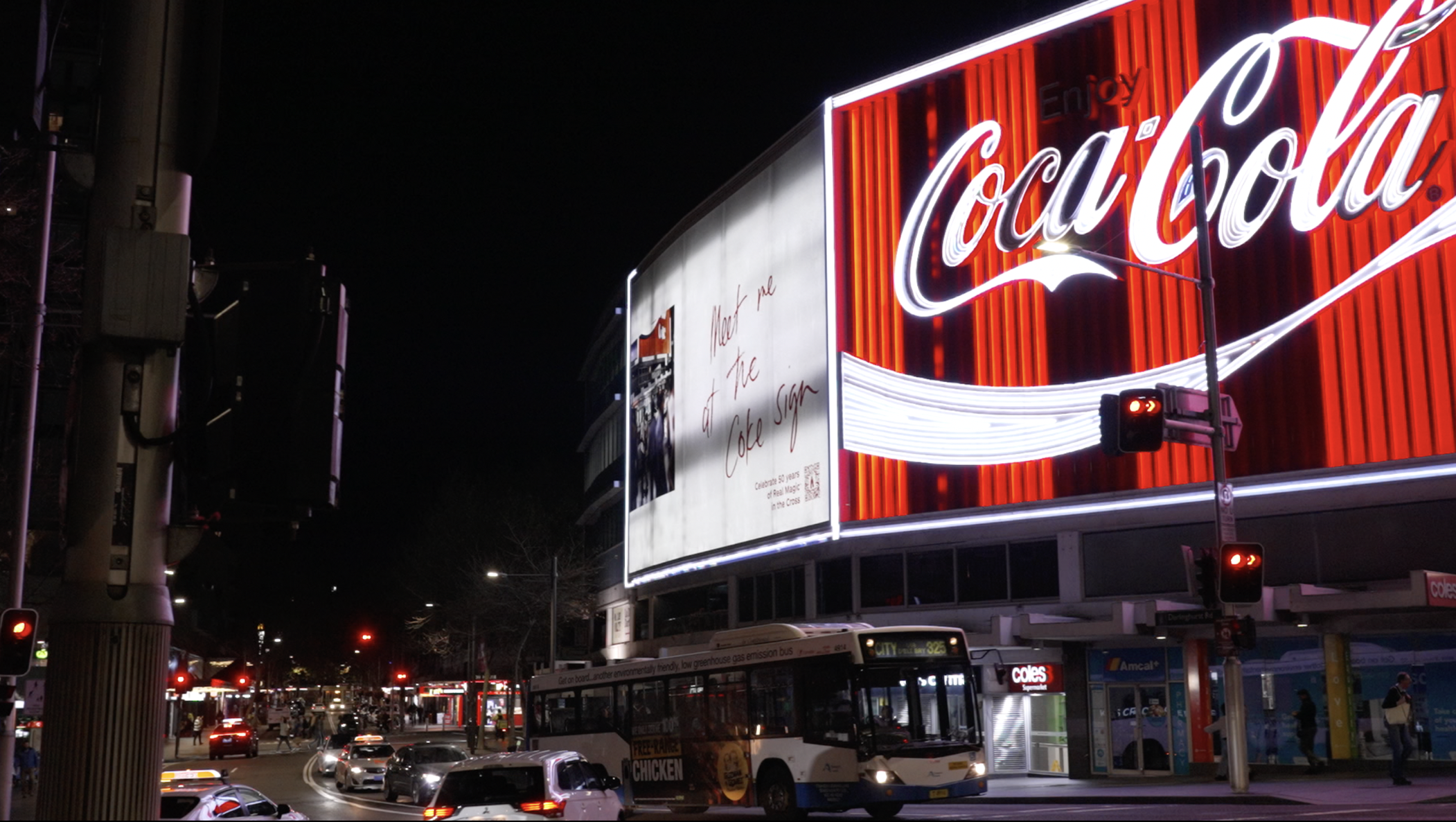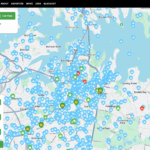Preserving Indigenous languages needs more investment or many will be lost forever along with much of the cultural heritage that goes with them, according to a linguistics conservation expert.
In April’s federal budget the government announced $11 million in funding to increase the number of First Nations’ language speakers, on top of $53.8 million over four years committed in last year’s budget.
Included in the package was $3.6 million for the Australian Institute of Aboriginal and Torres Strait Islander Studies (AIATSIS) to keep digitalising at-risk audio and video collections in collaboration with First Nations organisations and broadcasters.
Daryn McKenny, a Gamilaraay and Wiradjuri man and the founding director of First Languages Australia, said documenting hundreds of language groups required a greater commitment, but that restoring Indigenous languages was vital for First Nations culture and knowledge, as well as being beneficial to the wider Australian community.
“Our languages are unique because they represent a unique knowledge system,” he said. “So to get to that knowledge, you have to go through language. Language is the gateway. Language is the holder.
“Whilst that [$53.8 million] may, for some people, seem huge, it’s actually very little when we’re talking about over 250 languages in Australia and over 250 knowledge systems.
“Language is scattered all over Australia. It’s in place names, it’s in suburbs, it’s in street signs. It’s in the names of businesses, both Aboriginal and non-Aboriginal. Language has ecological and economic return and benefits.”
Globally, the interest in preserving indigenous languages is increasingly on the agenda, with Irish language hip hop band Kneecap leading advocates for Irish language and decolonising culture.
Minority languages rule, and letting them die out is letting the big guys win.
During a visit to Australia in March, bandmates Moglai Bap, Mo Chara and DJ Provai gave various interviews on the importance of re-establishing indigenous languages in everyday speech.
“The British colonised 80 per cent of the world and we have that in common,” DJ Provai told the ABC. “When you lose a language you lose your connection with the land.”
According to census data, the number of Irish speakers in Ireland is increasing, jumping 6 per cent between 2016 and 2020 . In the Republic of Ireland, Irish language is compulsory in primary and secondary education, and it is the official language of Ireland, alongside English.
Anna Kinsella, 21, who grew up in Dublin, said: “I have a sense of pride in it and the language would probably be dead without it being taught in schools.
“The wiping out of Irish [language] was so linked to colonial rule, where we were stripped of everything, so I guess having the opportunity to learn it is a privilege and is so important.
“Minority languages rule, and letting them die out is letting the big guys win. It would leave less room for different outlooks and bring hegemony to the world.”
According to a study by the Australian Council for educational research, over 16,000 Indigenous students and 13,000 non-Indigenous students across 260 Australian schools are involved in an Indigenous language program, offering more than 80 Indigenous languages.

AIATSIS claims 100 per cent of Aboriginal and Torres Strait Islander languages are under threat, or already extinct.
Not-for-profit organisations such as the Aboriginal-run Newcastle-based Miromaa Aboriginal Language and Technology Centre (MALTC), founded by McKenny in 2002, are on the frontline of initiatives to address the situation.
Miromaa is an Awabakal word meaning to conserve, to care for, and to stop from loss.
McKenny said: “It [Miromaa] loosely translates to mean to save, to protect, to care for, to conserve, to stop from loss.
“So it’s wrapped up in all of those concepts — in what we need to do and what we are doing.”
MALTC’s software program was originally designed to create a database of Awabakal language, of the Awabakal people of the Newcastle and Hunter region, which had not been spoken for over 170 years, and was one of the first Indigenous languages to be listed as extinct. Since then, Indigenous peoples around the world have requested use of the software to help conserve their own languages.
Conservation is about airing, watering and allowing it to continue to grow. And that’s what we want for our languages.
“It allows Aboriginal people to actually be in front of a computer with next-to-no training and doing this work themself… being at the forefront of their language work, their language documentation or language dissemination,” he said.
“And then they can start to collaborate with other people supporting them, like linguists and academics.”
He added: “Our program is developed by Aboriginal people for Aboriginal people.
“Preservation is taking something, putting it in a jar, screwing it really tight and putting it up on the shelf. Conservation is about airing, watering and allowing it to continue to grow. And that’s what we want for our languages.
“We don’t want our languages just to have academic study and a dictionary is produced, and then it sits on a shelf and is tucked away.”
Speaking Indigenous languages has been proven to have a great benefit on a multitude of wellbeing outcomes for Indigenous Australians, a 2024 report on Indigenous languages by First Languages Australia revealed.

But the benefit is not just to Indigenous Australians.
McKenny said: “Language has ecological, pharmaceutical and economic return and benefits. The language allows you to get to the knowledge, and our knowledge is from one of the oldest living knowledge systems and cultures in the world today.
“Think of a tea cup. What is it that you consume when you pick up a tea cup? You consume the tea itself. The tea is the goodness… the tea is the knowledge. The tea cup is only the holder.
The language is the holder, but the gold is the knowledge.
“The only way we can get to that is through the language. That’s what we consume. So even though we say we’re doing language work, in reality we’re doing knowledge work.”
Globally, Indigenous languages disappear at a rate of one language every two weeks, according to the International Work Group for Indigenous Affairs (IWGIA).
It is the third year of UNESCO’s International Indigenous Languages Decade, a key outcome of the 2019 International Year of Indigenous Languages, which aims to draw global attention to the importance of acting now to conserve Indigenous languages, and to spread a greater understanding of the holistic benefits of conserving these languages.
“We want the birds and the winds to be able to hear our words once again, because they’re our original language teachers,” said McKenny.
Main image of Daryn McKenny supplied. Montage: Canva.




























